
Capturing Change from Above: The Aerial Vision of Photographer Nilmini De Silva
In today’s world of visual storytelling, Australian photographer Nilmini De Silva emerges as a compelling voice for environmental consciousness. Combining her background in civil engineering with an artist’s eye, she creates powerful narratives that illuminate both the fragility and resilience of our natural world.
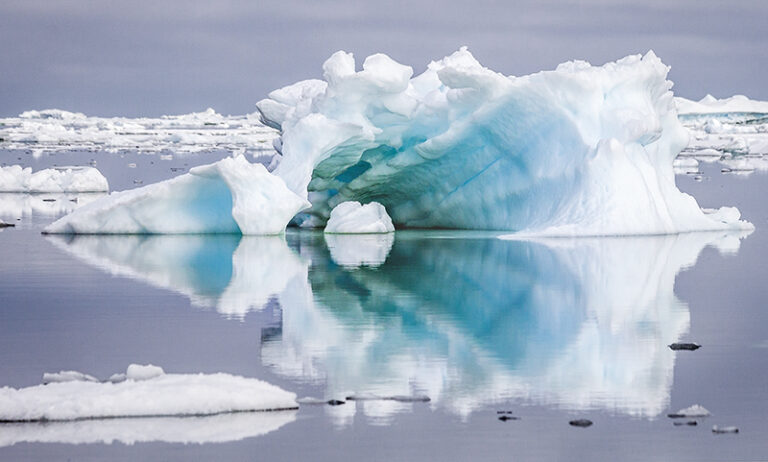
A Journey Sparked by Conservation
De Silva’s photographic journey began unexpectedly during a transformative gap year in 2010. While participating in a “Photography and Conservation” project in South Africa, she honed her skills under the guidance of professional photographers amidst breathtaking African landscapes. “It was the beginning of a creative journey that will last—I hope—for the rest of my life,” she reflects. This experience not only taught her the technical aspects of photography but also ignited a passion for using her art to advocate for issues she cares about.
As a civil engineer specializing in water management, De Silva has always been passionate about the environment. “Photography gives me a tool to share my thoughts on issues that I have always cared deeply about,” she explains. Her images address pressing concerns such as climate change, habitat loss, and the need for sustainable living, crafting visual narratives that inspire awareness and action.
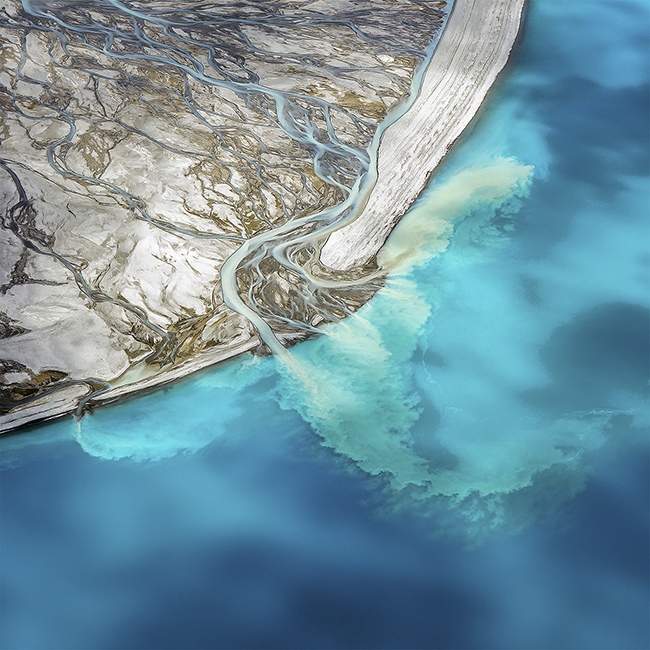
International Recognition and Aerial Exploration
De Silva’s dedication to environmental storytelling recently earned her international acclaim. She received a ‘Commended’ honor in the Siena Awards’ Drone Series Category for her stunning aerial photographs of New Zealand’s braided rivers, glaciers, and glacier lakes. Captured during a three-week road trip across both islands, these images reveal nature’s magnificence from unique angles. “Capturing such a vast landscape is both challenging and exhilarating,” she says. Despite technical hurdles, including shooting from a tourist plane, her work not only garnered recognition but also deepened her commitment to aerial photography as a means of story-telling and advocacy.
She reflects on this experience of meeting other image makers from around the world and says it has been a highlight in her creative journey and sparked a desire to keep growing and developing her aerial photography.
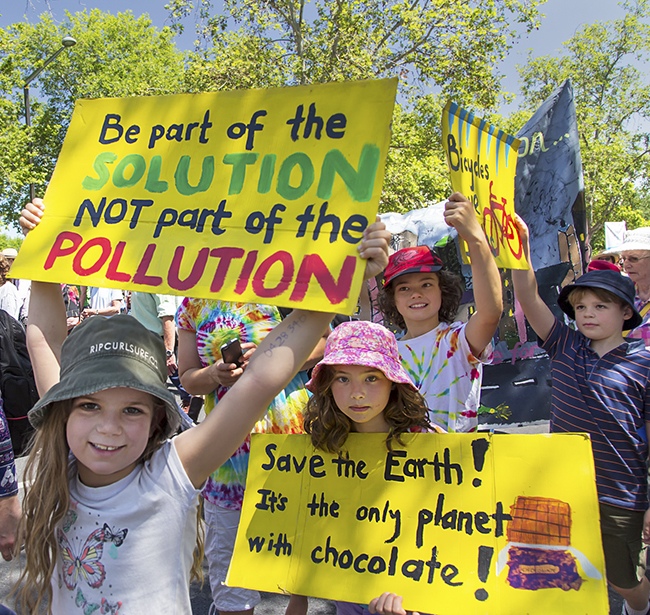
Narratives4Change: Art with Purpose
Motivated by a desire to create meaningful impact, De Silva founded Narratives4Change, an umbrella for her creative endeavors, including photography, writing, and public presentations. “I have always wanted to share more than just images,” she notes. Aligned with her passions for travel, camping, and nature, Narratives4Change serves as a platform where her varied interests converge under a common mission of inspiring change through story-telling and photography.
Her projects often focus on inspiring transformation in local communities. From documenting stories of first-generation migrants to promoting food waste reduction and raising awareness about threatened wilderness areas, De Silva’s work addresses a range of issues close to her heart. Notably, her collaboration on the ‘You Are What You Waste’ project with Parramatta City Council and NSW’s Environmental Protection Agency explored food waste and packaging issues in Western Sydney. By working closely with families to document and reduce their household waste, the project demonstrated photography’s power as a catalyst for behavioral change.
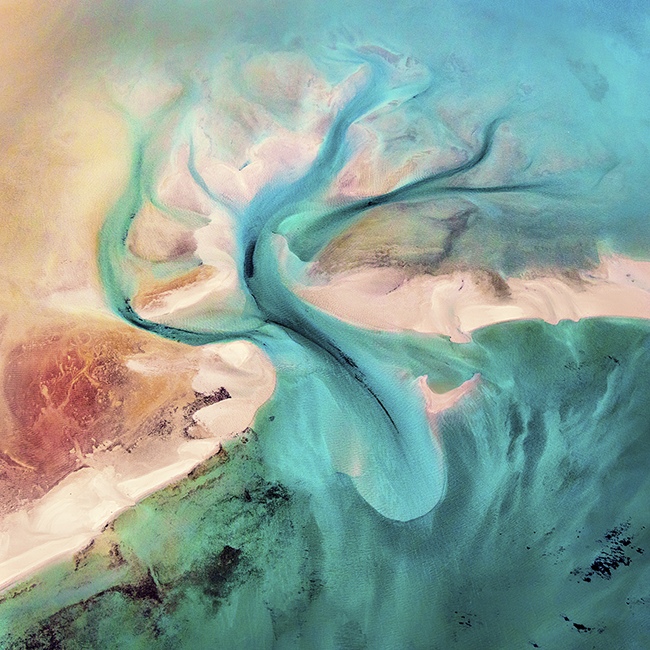
A Transformative Journey Across Australia
Between 2015 and 2020, De Silva and her partner embarked on a five-year journey around Australia in their motorhome, a period that profoundly influenced her perspective and artistic approach. “The freedom of living simply, knowing that everything I needed could fit into our motorhome, had a huge impact on my life,” she reflects. This nomadic lifestyle reinforced her commitment to sustainable living and deepened her connection with Australia’s diverse landscapes. Each destination offered new opportunities to document the country’s vast terrain, from coastal regions to inland wilderness.
After she returned home in 2020 with the Covid lockdowns, De Silva’s photographic style evolved significantly. Moving away from her early focus on portraiture and realistic representations, she began exploring abstract compositions through aerial photography. Her engineering background proved invaluable in this transition. “As an engineer, I understand the design elements of shape, color, form, and texture,” she explains. Through drone photography, she captures Earth’s natural patterns and textures, creating visually striking images that challenge viewers to see familiar landscapes from new perspectives.
She says her aerial image making has been inspired and influenced as much by Australia’s Aboriginal artists as it has by the more contemporary aerial photographers of this continent.
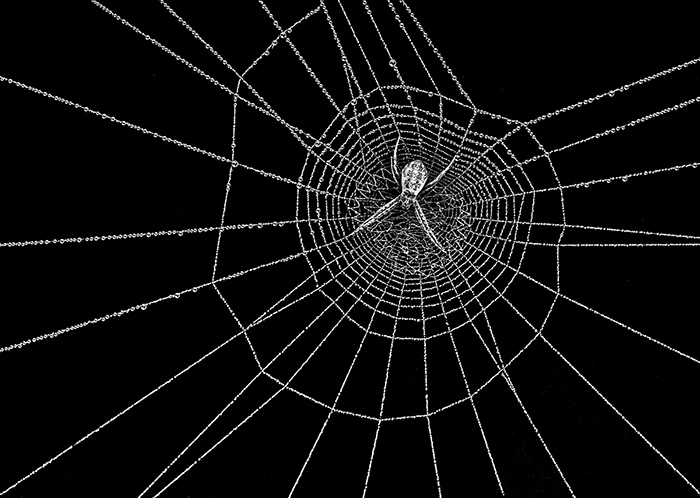
Building Trust and Authentic Connections
De Silva recognizes that portraying people sensitively is both a privilege and a challenge. “Portraying the images and stories of people in a sensitive way is perhaps the greatest privilege and challenge a photographer faces,” she notes. Her approach to building trust begins with open communication, explaining her ethos and purpose to put subjects at ease. Collaborations with local councils and community groups help establish credibility and access, allowing her to create authentic connections that result in more meaningful and impactful photographs.
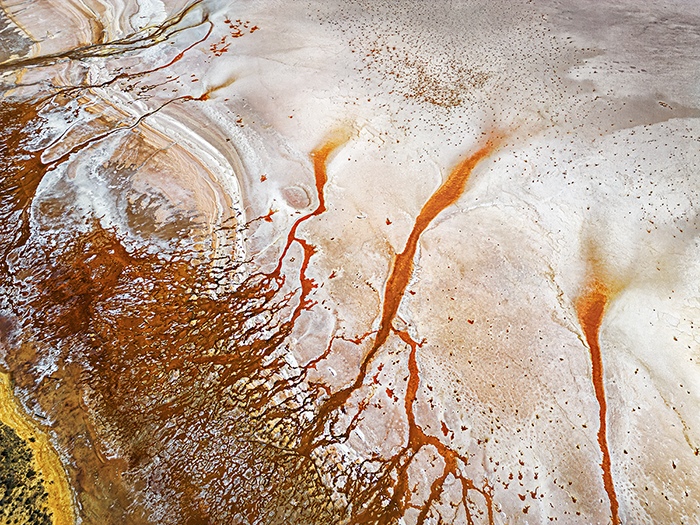
Inspiring Curiosity and Social Change
At the heart of De Silva’s work is a desire to inspire curiosity about the world and to motivate more conscious living. “Be curious,” she emphasizes, pointing out that many people have yet to explore their local National Parks, let alone the vast Australian continent. Her 2016 journey to Tasmania’s Tarkine Wilderness exemplifies this mission. Joining other artists through the Bob Brown Foundation, she documented this remote region to highlight the environmental threats it faces. “I hoped that the images I took while immersed in this wilderness helped convey how special this area is,” she reflects.
Balancing artistic expression with authenticity, De Silva maintains clear ethical boundaries in her work. While her documentary images receive minimal editing to faithfully represent the scene, her fine art pieces allow for more creative interpretation. She believes in photography’s unique ability to prompt emotional responses and inspire action, viewing it as a “softer level of activism that can reach hearts and minds instantly.”

A Call to Creativity and Connection
In an era of artificial intelligence and digital manipulation, De Silva emphasizes photography’s enduring role as a truth-teller. “Photographs freeze time. They are an unfiltered snapshot of a moment in life,” she explains. She challenges the notion that creativity is innate, emphasizing that her skills developed through years of dedication and practice. Drawing inspiration from Elliott Erwitt’s philosophy that photography is “about finding something interesting in an ordinary place,” she encourages others to develop their observational skills and artistic vision.
Through her social media presence on Facebook and Instagram, De Silva continues to share her work and inspire others. Her message is clear: photography’s power lies not in expensive equipment or innate talent but in the way we see and interpret the world around us. “I hope by sharing my images and stories, that I will inspire many others to tap into their creativity and find pleasure in this wonderful obsession of mine!”
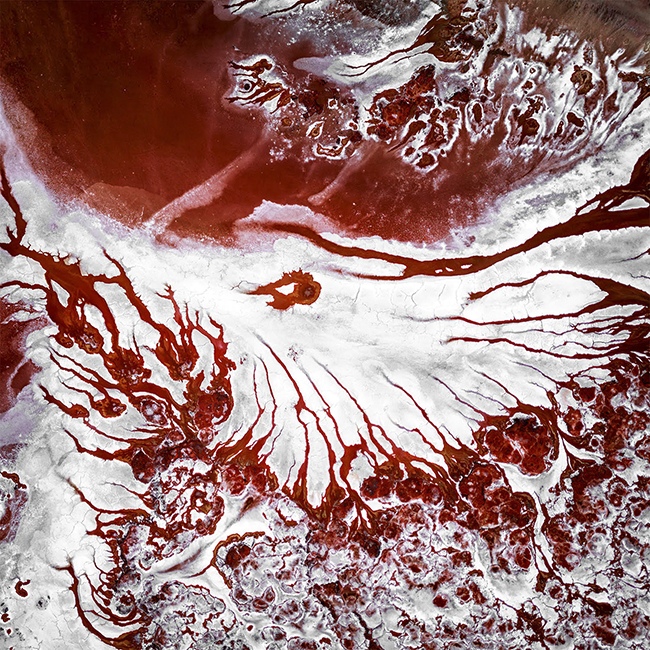
Conclusion
Nilmini De Silva’s journey is a testament to the transformative power of combining passion with purpose. By merging her technical expertise with a deep commitment to environmental and social issues, she creates compelling visual narratives that not only capture the beauty of the world but also inspire us to protect it. Her work reminds us that through curiosity, creativity, and conscious action, we can all contribute to positive change.
Nilmini’s Website (Narratives4Change) and Instagram